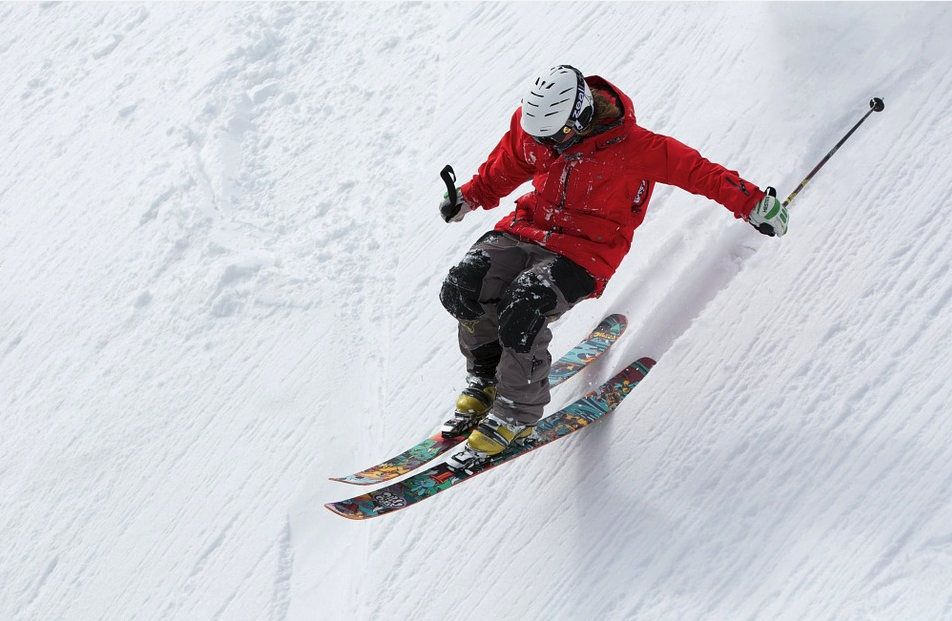
Skiing Injuries: How to Avoid Them
26th December 2017
Let’s talk about those ‘knackered knees’
26th February 2018Have you got pain in the outer part of your hip? Have you been told that you have ‘trochanteric bursitis’? Have you ever had some injections into the area? Do you still have pain despite all this?
If you are answering yes to any of the above then this article is for you and anyone you know like you.
Pain in the outer part of your hip is very common. It typically affects ladies over 40 years old. People are unfortunately still getting diagnosed with ‘trochanteric bursitis’ which we now know almost always isn’t the reason for your pain. There is a rather wordy term to better describe pain in the area ‘greater trochanteric pain syndrome’ which basically means pain in the outer part of the hip without being specific to what is causing it.
Pain can be referred from the lower back, or the hip joint itself so these very simply need to be ruled out as a cause of pain using easy physical examination tests. The main cause of outer (lateral) hip pain is the gluteal tendons. In other words it’s to do with your bum muscles! Specifically the gluteus medius and minimus and not the one you may of heard of gluteus maximus.
Think of them like the 3 billy goats, maximus (big), medius (middle sized) and minimus (little). Lots of research studies using MRI scans have confirmed this understanding, but you don’t need an MRI scan to diagnose it, just a great physio. Unfortunately the old story gets told and treatment has been targeted at an ‘inflamed bursa’ instead of pain in the tendon.
What is a tendon?
A tendon is how a muscle (the fleshy bit) attaches onto a bone. Underneath a tendon there is sometimes a bursa which helps reduce friction of the tendon on the bone. The gluteal muscles control what happens at our hip when we move, walk, sit to stand, go up and down stairs and run. The bum muscles and tendons need to be very strong and tolerant to loading.
What symptoms might I get?
A typical pain history is someone describing pain on lying on the painful side, sometimes needing to put a pillow between the knees if the painful side is uppermost and pain on increased loading such as walking, using stairs, getting in/ out of a car or up from a chair. Walking up and down inclines or hills usually aggravate things too, along with prolonged standing.
So what do I need to do differently?
This depends on how long you have had it. Do less at first if you’ve had it only a short space of time. This can include things to reduce the compression through the area such as not crossing your legs, not ‘hanging’ on your hip in standing, and advice to sit and stand with your feet slightly wider apart. By reducing the aggravating factors you can start to reduce the pain. Sitting slightly higher up on a cushion can also help to reduce the stretch and compression of the tendon.
The cure?!
Do more slowly to reload it and strengthen it in a structured way, especially if it’s chronic or not changing. You can’t go wrong with getting it strong! Much research and our own clinical experience has shown that a progressive and graded strength programme is extremely effective in getting rid of your pain for good, but it takes time. Tendons like load but don’t respond very well to big increases of load. 90% get better requiring nothing more than great rehab!
So if this sounds like you? Please give us a call on
01625 422825
You can get rid of all this pain in a fairly short space of time, you just need some good rehab specific to you. We treat the person with the problem not just the problematic body part. We want to help you enjoy your life, pain free!

